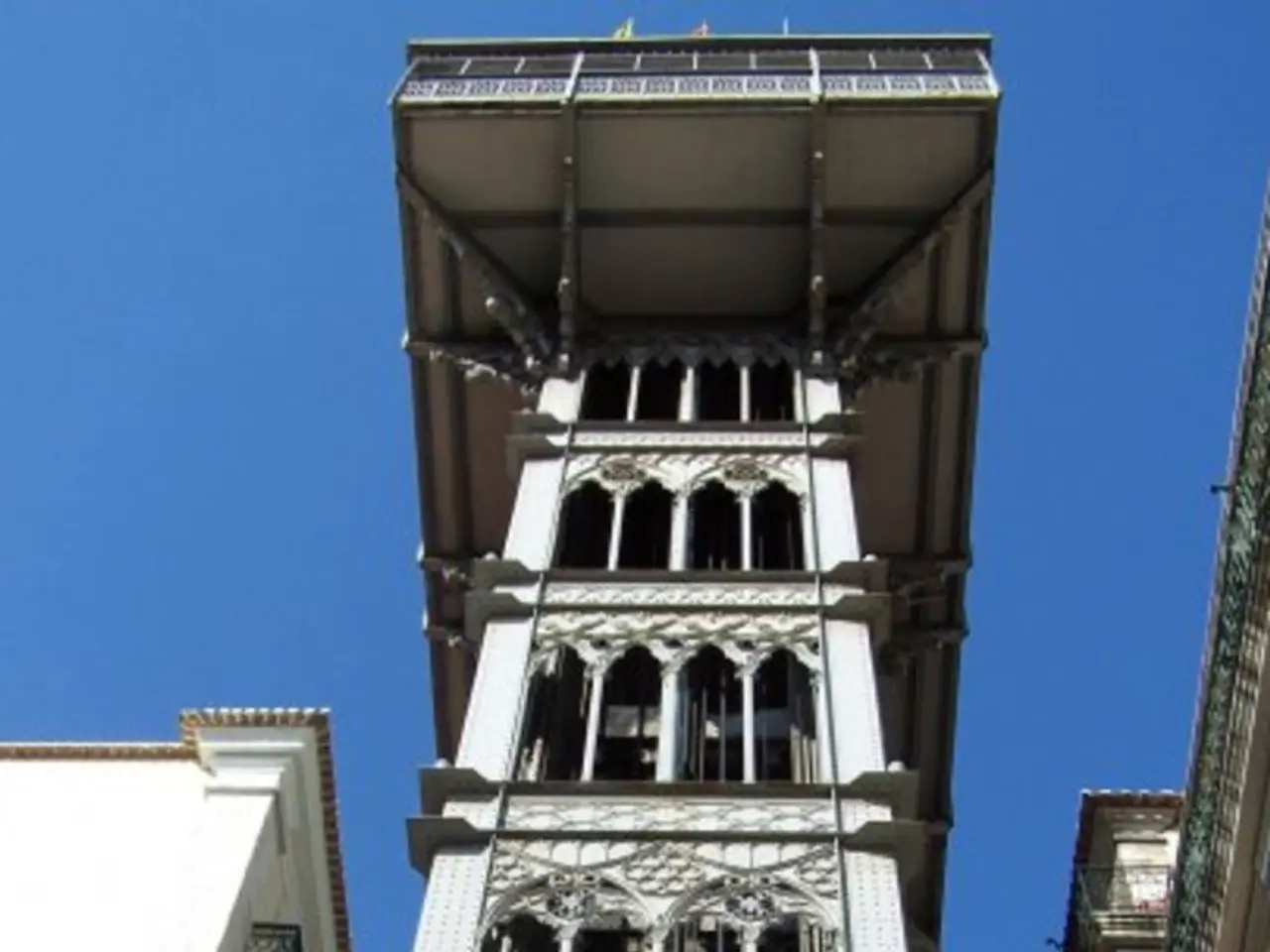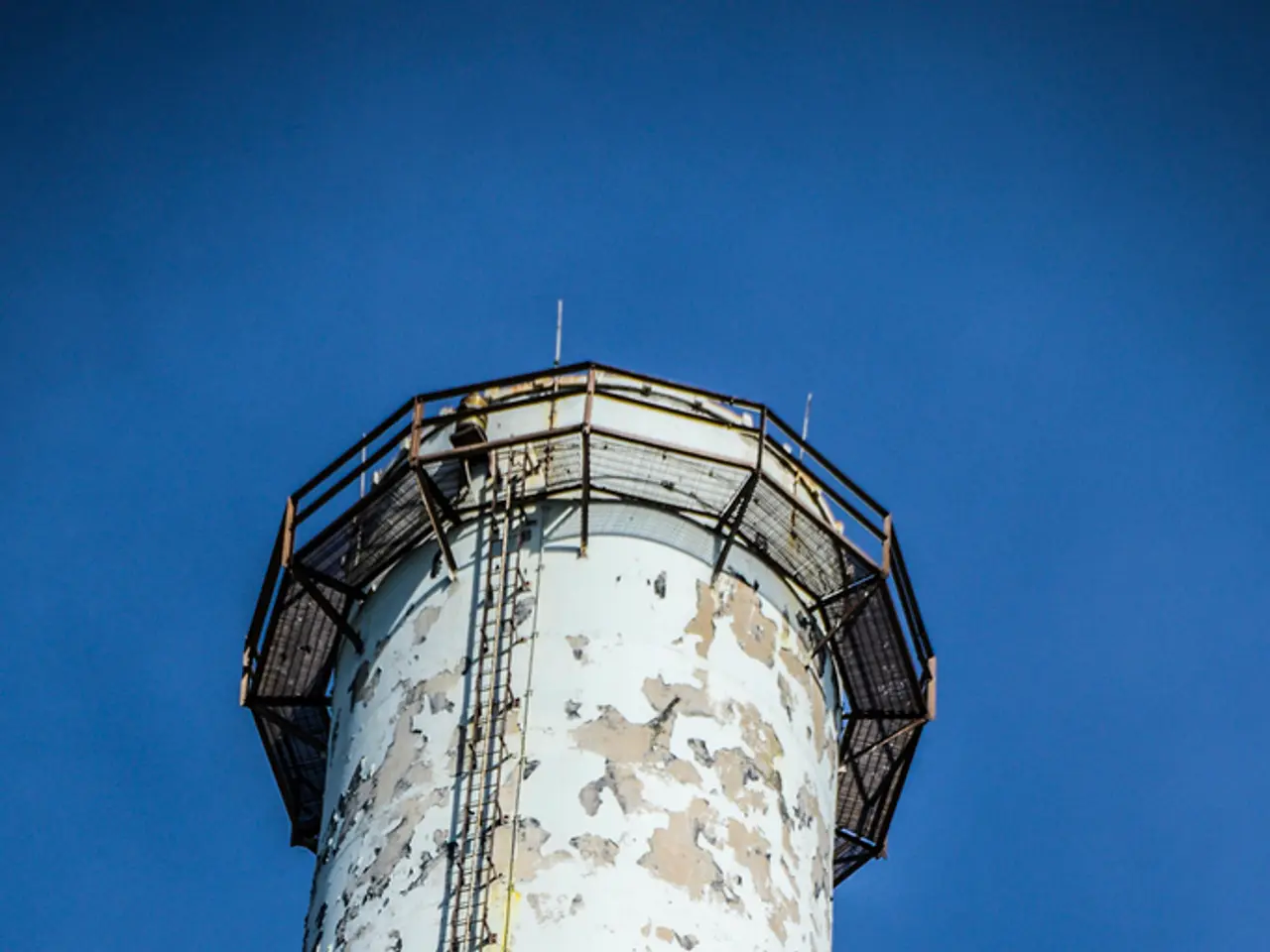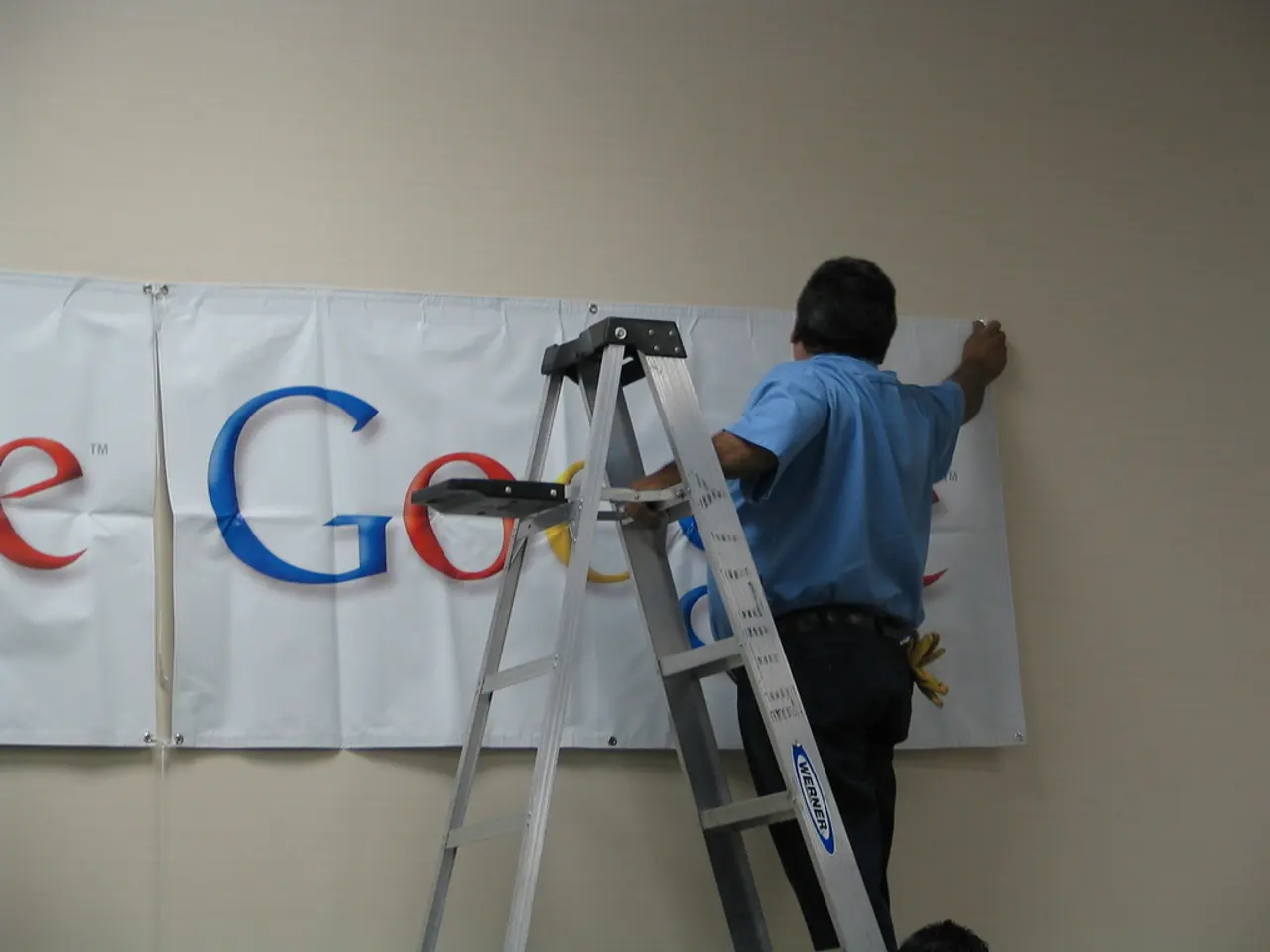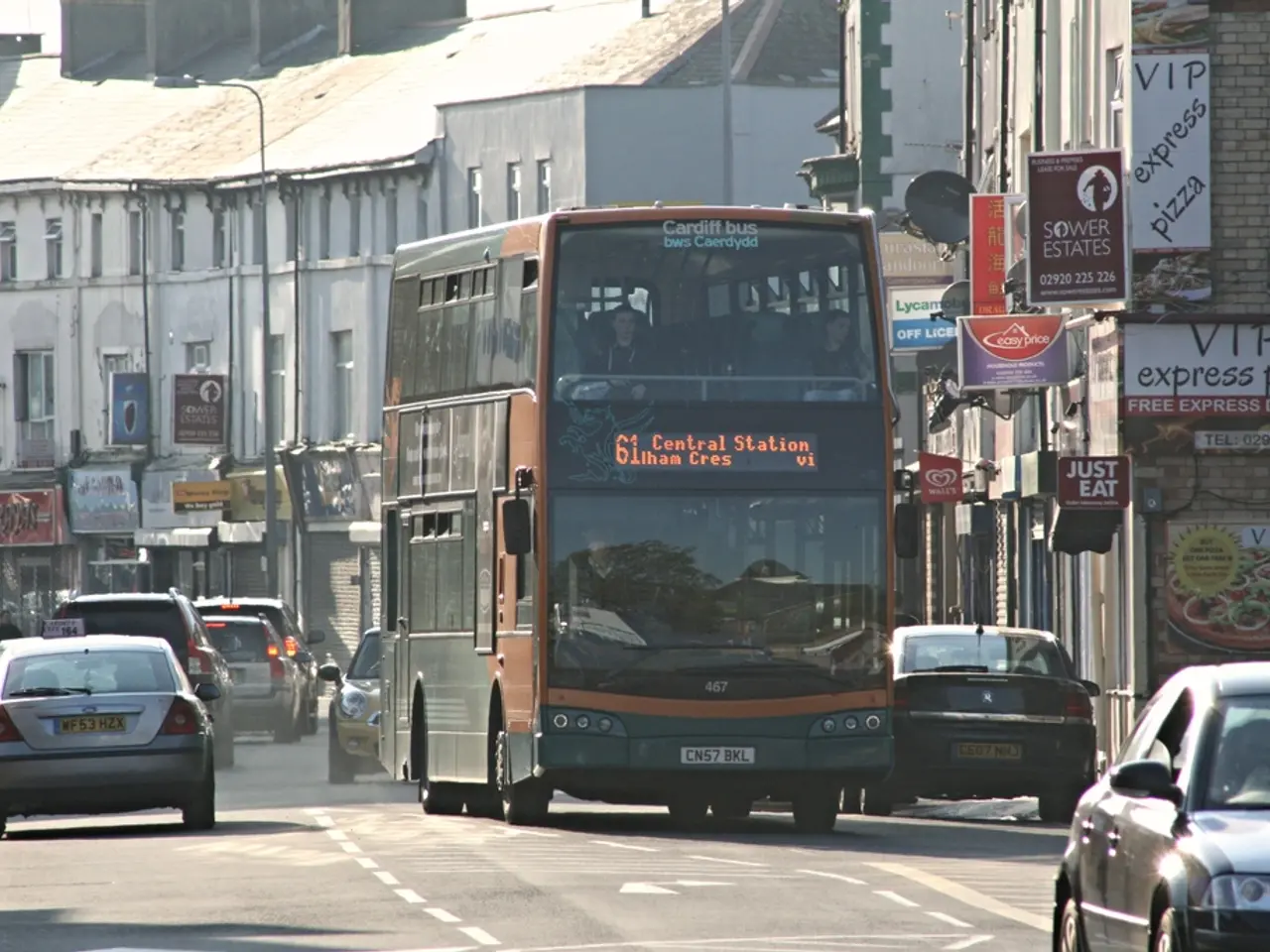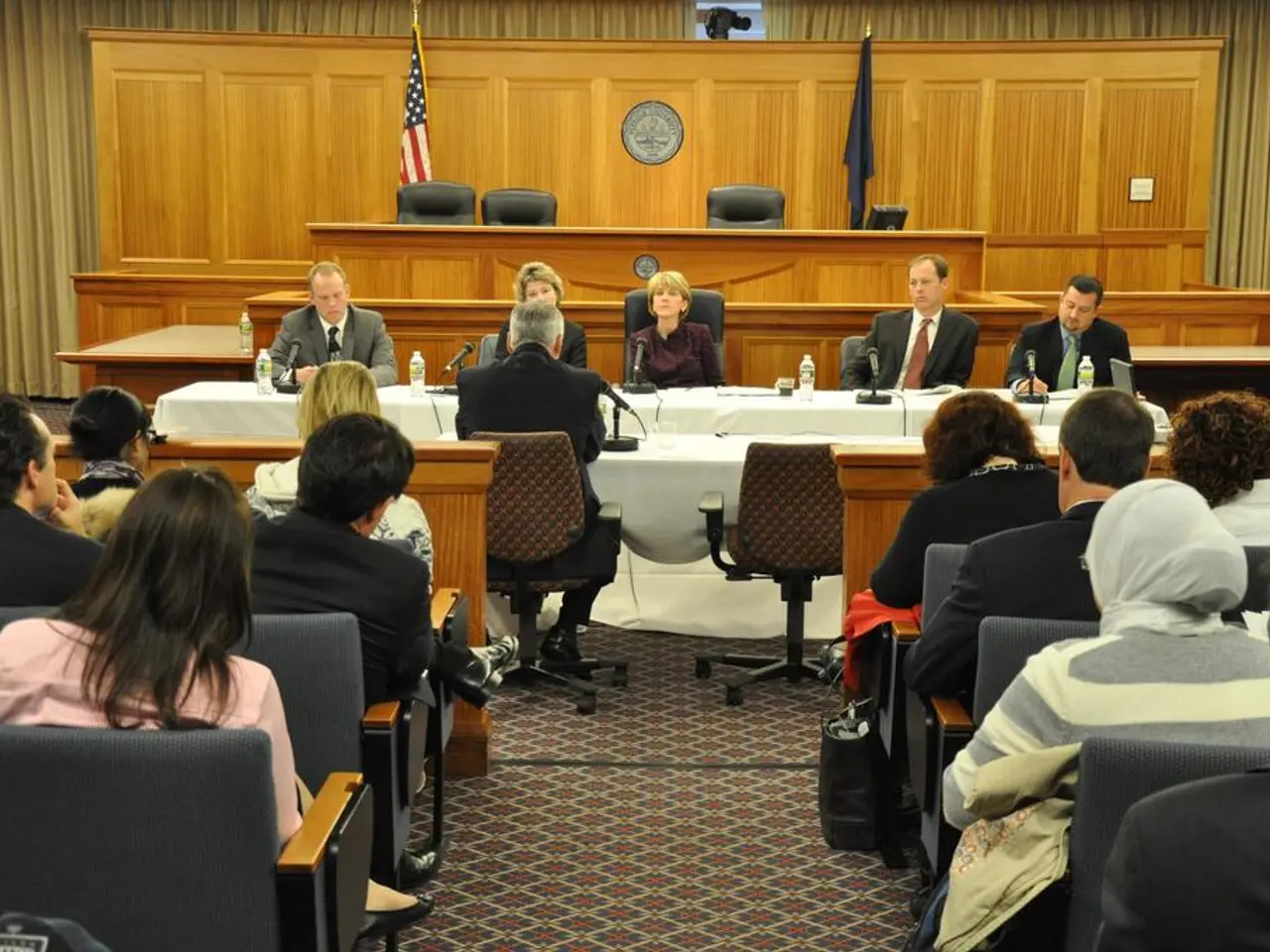Strong tremors, measuring 3.5 on the Richter scale, felt in Abu Dhabi's Al Sila district
In the early hours of Friday morning, a 3.5-magnitude earthquake was recorded in Abu Dhabi's Al Sila, located about 350km west of Abu Dhabi city in the Al Dhafra region. The event was slightly felt by residents in Al Sila, and although it had no significant impact, it serves as a reminder of the seismic activity that can occur in the UAE.
The UAE, while sitting on a generally stable tectonic plate, is situated near active tectonic zones, particularly the convergent boundary between the Arabian and Eurasian plates. This proximity causes occasional stress and tremors in the crust, even though the UAE itself is not directly on an active plate boundary.
The Arabian plate is moving northward and colliding with the Eurasian plate, creating seismic activity in nearby regions, such as Iran and Pakistan. The stress from these plate movements can cause readjustments with low seismic activity, such as the recent events in the UAE.
Despite the UAE's relatively low seismic activity compared to major plates, earthquakes remain relatively rare. However, tremors related to quakes elsewhere in the region, particularly from Iran, are more common. In fact, this is the second seismic event to hit the Emirates this week, following a 2.0-magnitude earthquake on Tuesday evening.
The seismic activity in the UAE is monitored by the National Centre of Meteorology (NCM) to provide early warnings and ensure safety. Seismic events of up to 3.9 on the Richter scale are considered slight and are often felt but rarely cause damage. Small tremors can help geologists and engineers develop models of ground behavior for better infrastructure design.
However, such incidents can be unsettling, especially in multi-storey buildings. Expert Peter Styles stated that it was impossible to say for certain whether slightly larger events may occur. While the stress will likely dissipate and settle down soon, it can give a range of magnitudes.
Long-term observation can lead to predictive models being constructed for future infrastructure design. The UAE has ancient faults from older geological times due to plate movements, which adds another layer of complexity to understanding the seismic activity in the region.
The plate boundary where the Arabian Plate moves northeastward and collides with the Indian Plate is known as the "Owen fracture zone," where seismic activity varies. Despite the occasional earthquakes, the UAE remains a relatively safe region due to the diligent monitoring and early warning systems in place.
In conclusion, while the UAE is not on a plate boundary itself, tectonic stresses from nearby active boundaries can cause occasional earthquakes within the Arabian plate, including in the UAE. It is essential to stay informed and follow safety guidelines during such events to ensure everyone's wellbeing.
- The seismic activity in the UAE, although relatively rare, is not limited to its borders, as stressed by the convergent boundary between the Arabian and Eurasian plates, which also affects neighboring countries like Iran.
- The UAE's weather and science community, represented by the National Centre of Meteorology (NCM), monitors not only the local seismic activity but also events happening elsewhere, such as in Iran, to provide early warnings and ensure safety.
- While the UAE supported by its early warning systems remains a relatively safe region, Africa, as a continent with much geological complexity and a significant number of active faults, could benefit from similar monitoring and mitigation strategies to minimize the risks posed by seismic activity.
